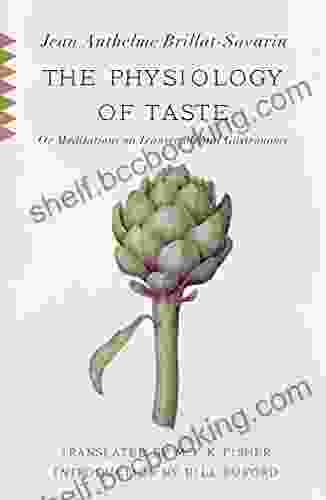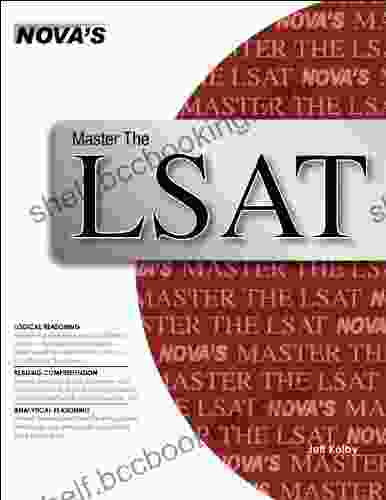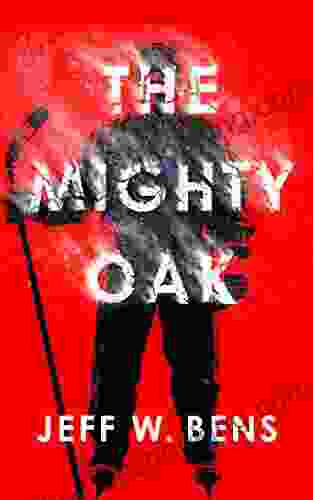Exploring the Physiology of Taste: Unveiling the Science Behind Our Culinary Delights

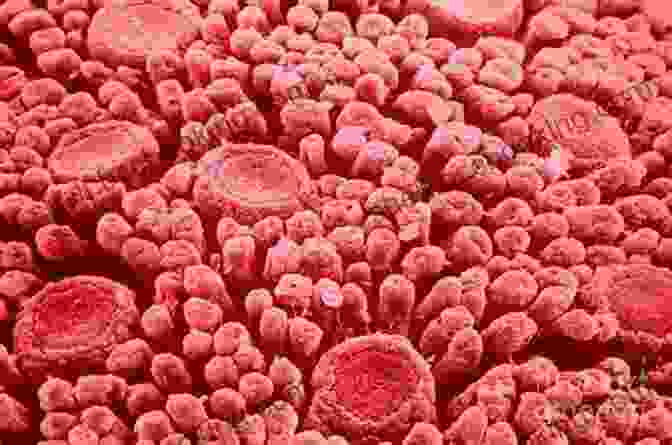
4.5 out of 5
| Language | : | English |
| File size | : | 1400 KB |
| Text-to-Speech | : | Enabled |
| Screen Reader | : | Supported |
| Enhanced typesetting | : | Enabled |
| Word Wise | : | Enabled |
| Print length | : | 466 pages |
Prepare your palate for an extraordinary adventure as we delve into the captivating realm of taste, guided by the seminal work of Jean Anthelme Brillat-Savarin, "The Physiology of Taste." This exquisite treatise, published in 1825, stands as a testament to Brillat-Savarin's profound understanding of the science and art of gastronomy.
At the heart of our gustatory experiences lie the taste buds, tiny sensory receptors that reside on our tongue and other parts of the oral cavity. These intricate structures house taste cells, each equipped with specialized receptors that respond to specific taste stimuli. Five primary taste qualities – sweet, sour, salty, bitter, and umami – form the foundation of our taste perception.
Sweetness, a universally adored flavor, is detected by receptors that bind to sugars and other carbohydrates. Sourness, on the other hand, arises from acids interacting with taste cells, evoking a puckering sensation that can be both refreshing and stimulating. Salty flavors, essential for electrolyte balance, are perceived when sodium ions bind to specific receptors.
Bitter tastes, often associated with toxic substances in nature, are triggered by various alkaloids and other compounds. These flavors can be polarizing, with some individuals finding them highly aversive while others appreciate their complexity. Umami, a relatively recent addition to the taste lexicon, represents a savory, meaty flavor that enhances the appeal of many foods.
Beyond these primary tastes, our perception of flavor is influenced by a myriad of factors, including temperature, texture, aroma, and cultural context. Hot and cold temperatures can alter the sensitivity of taste buds, while the texture of food influences its release of flavor compounds. Aroma plays a crucial role in shaping our overall taste experience, as volatile compounds released from food stimulate receptors in our olfactory system.
Culture also exerts a profound impact on our taste preferences. Different cuisines employ unique combinations of spices, herbs, and cooking techniques, resulting in a vast array of flavors that reflect regional traditions and cultural identities. The Physiology of Taste explores these cultural influences, highlighting the diverse ways in which food and flavor shape human societies.
Brillat-Savarin's treatise not only provides a scientific exploration of taste but also delves into the philosophical and hedonistic aspects of gastronomy. He believed that dining was an art form, an occasion for both physical and intellectual pleasure. Throughout the book, he offers witty observations and anecdotes, weaving together science, history, and personal reflections on the joys of eating.
The Physiology of Taste remains a timeless classic, a seminal work that continues to inspire and inform food enthusiasts, scientists, and anyone seeking to unravel the mysteries of taste. Its enduring legacy is a testament to Brillat-Savarin's brilliance and his unwavering passion for the art of gastronomy.
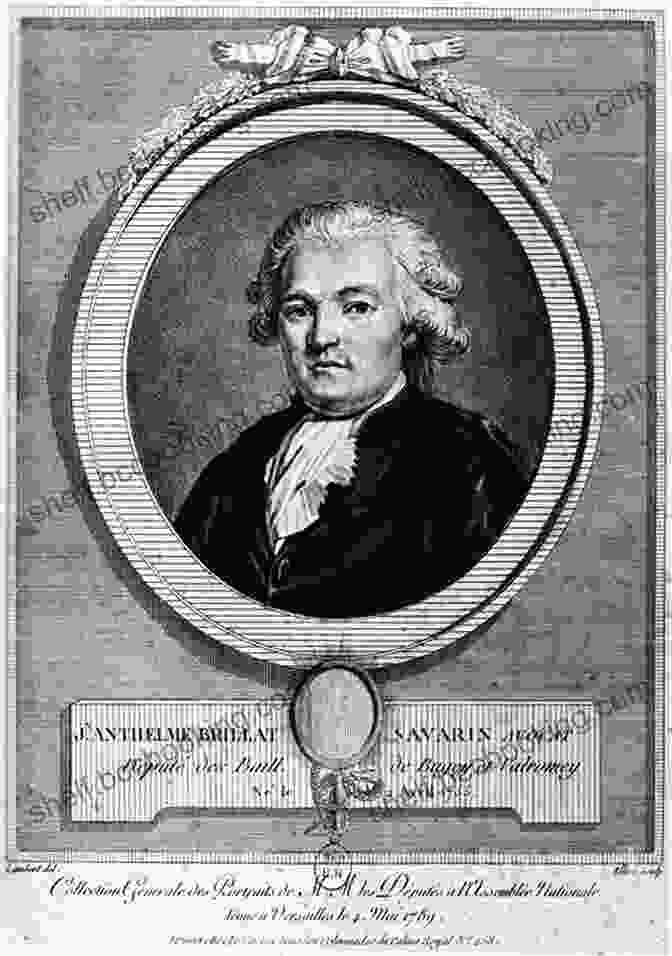
As we conclude our exploration of The Physiology of Taste, let us savor the wisdom of Brillat-Savarin:
"Tell me what you eat, and I will tell you what you are."
This profound statement underscores the intimate connection between taste and identity. Our culinary choices reflect our values, our heritage, and our unique experiences. May this journey into the physiology of taste inspire you to embark on your own culinary adventures, to discover new flavors, and to appreciate the wonders that await on your taste buds.
Bon appétit!
4.5 out of 5
| Language | : | English |
| File size | : | 1400 KB |
| Text-to-Speech | : | Enabled |
| Screen Reader | : | Supported |
| Enhanced typesetting | : | Enabled |
| Word Wise | : | Enabled |
| Print length | : | 466 pages |
Do you want to contribute by writing guest posts on this blog?
Please contact us and send us a resume of previous articles that you have written.
 Book
Book Novel
Novel Page
Page Chapter
Chapter Text
Text Story
Story Genre
Genre Reader
Reader Library
Library Paperback
Paperback E-book
E-book Magazine
Magazine Newspaper
Newspaper Paragraph
Paragraph Sentence
Sentence Bookmark
Bookmark Shelf
Shelf Glossary
Glossary Bibliography
Bibliography Foreword
Foreword Preface
Preface Synopsis
Synopsis Annotation
Annotation Footnote
Footnote Manuscript
Manuscript Scroll
Scroll Codex
Codex Tome
Tome Bestseller
Bestseller Classics
Classics Library card
Library card Narrative
Narrative Biography
Biography Autobiography
Autobiography Memoir
Memoir Reference
Reference Encyclopedia
Encyclopedia Nik Bhatia
Nik Bhatia Richard J Larsen
Richard J Larsen Vignesh Sv
Vignesh Sv Nikki Grimes
Nikki Grimes Jeff Pepper
Jeff Pepper Ron Collins
Ron Collins Jan Zimmerman
Jan Zimmerman Janelle Brown
Janelle Brown Jeff Evans
Jeff Evans Laura Hillman
Laura Hillman Ritesh Modi
Ritesh Modi Maryse Cardin
Maryse Cardin Richard Zacks
Richard Zacks Jason Smart
Jason Smart Jay Mcgraw
Jay Mcgraw Sean Brock
Sean Brock John E Hall
John E Hall Janet Chapple
Janet Chapple Larry Baush
Larry Baush Mahzarin R Banaji
Mahzarin R Banaji
Light bulbAdvertise smarter! Our strategic ad space ensures maximum exposure. Reserve your spot today!

 Isaac AsimovDoctor Strange by Jason Aaron Vol. 1: The Way of the Weird - A Mind-Altering...
Isaac AsimovDoctor Strange by Jason Aaron Vol. 1: The Way of the Weird - A Mind-Altering... Harold PowellFollow ·5.6k
Harold PowellFollow ·5.6k Jackson HayesFollow ·8.9k
Jackson HayesFollow ·8.9k Esteban CoxFollow ·5.2k
Esteban CoxFollow ·5.2k Robert BrowningFollow ·7.6k
Robert BrowningFollow ·7.6k Isaac AsimovFollow ·12.3k
Isaac AsimovFollow ·12.3k Kevin TurnerFollow ·18.4k
Kevin TurnerFollow ·18.4k Spencer PowellFollow ·18.3k
Spencer PowellFollow ·18.3k Aron CoxFollow ·4.7k
Aron CoxFollow ·4.7k

 Carlos Drummond
Carlos DrummondHow Companies Win the Mergers and Acquisitions Game:...
In today's...
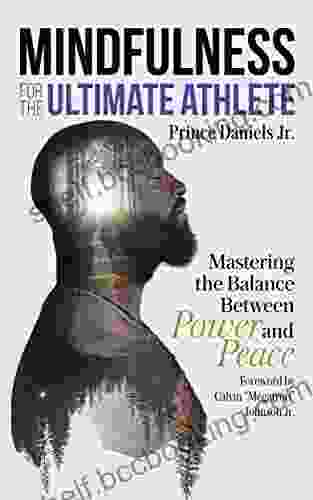
 Craig Blair
Craig BlairMastering The Delicate Balance Between Power And Peace
In today's ever-evolving world, the interplay...

 Wade Cox
Wade CoxUnveiling the Zen of Golf: A Journey to Inner Mastery
: The Harmony of Mind,...
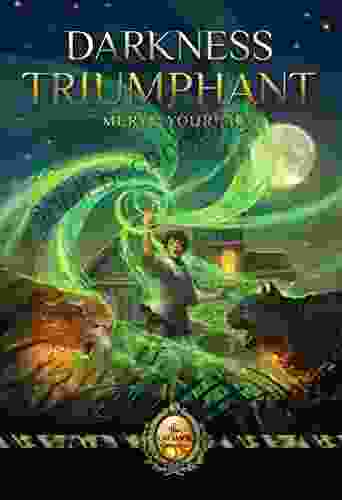
 Gerald Bell
Gerald BellDarkness Triumphant: Three of the Catmage Chronicles
Synopsis ...

 Henry James
Henry JamesDarkness Rising: One of the Catmage Chronicles
A Captivating Fantasy Adventure...
4.5 out of 5
| Language | : | English |
| File size | : | 1400 KB |
| Text-to-Speech | : | Enabled |
| Screen Reader | : | Supported |
| Enhanced typesetting | : | Enabled |
| Word Wise | : | Enabled |
| Print length | : | 466 pages |


